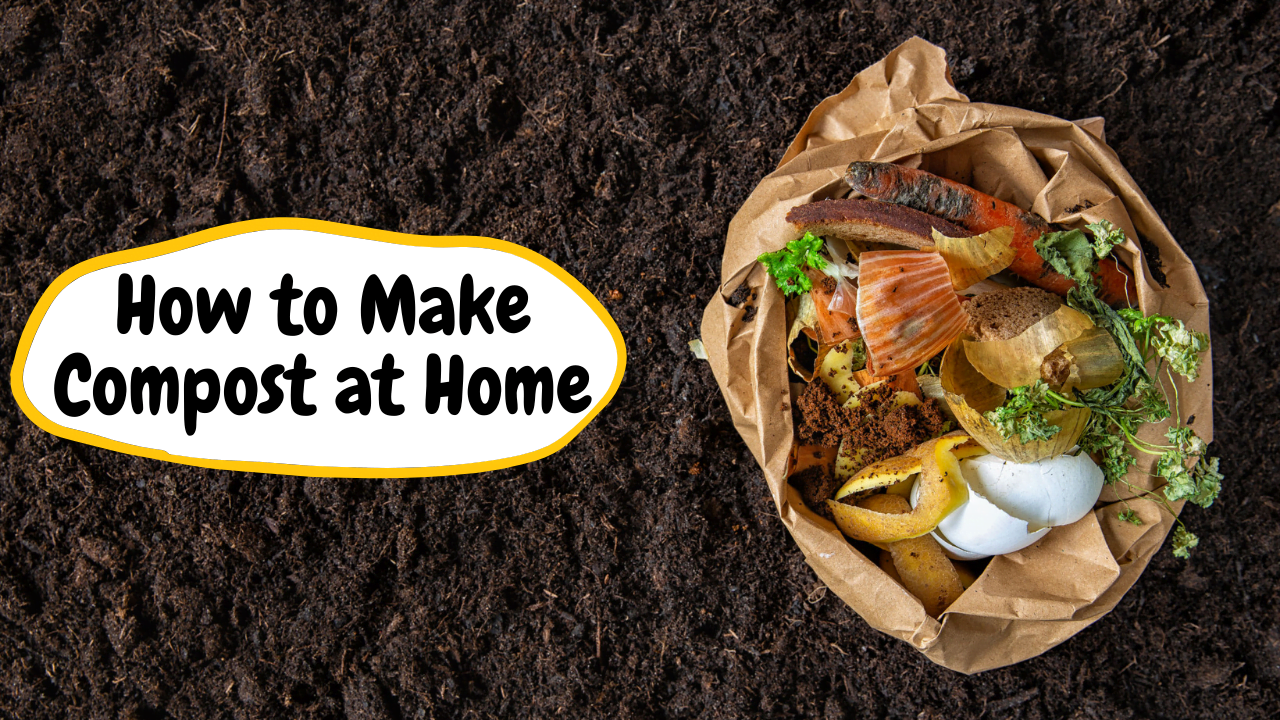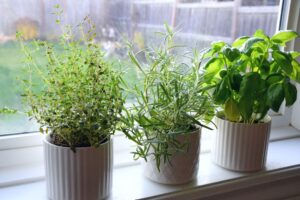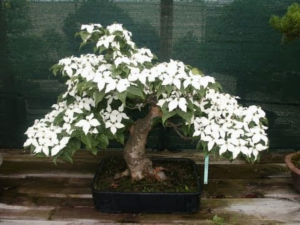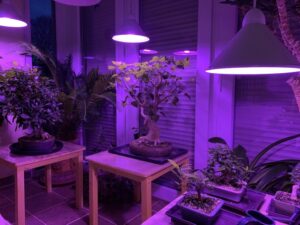If you are confused about how to make compost at home step by step, we took your burden off your shoulders.
Here’s a complete guide on how to make compost India.
What is compost?
Compost is decomposed organic material created when soil microorganisms break down rubbish and biodegradable trash, which results in a mineral-rich product that is ideal for use in gardens and landscaping. In fact, it’s nature’s ideal amendment, and it may be given to the soil during any time of year without causing plants any trouble.
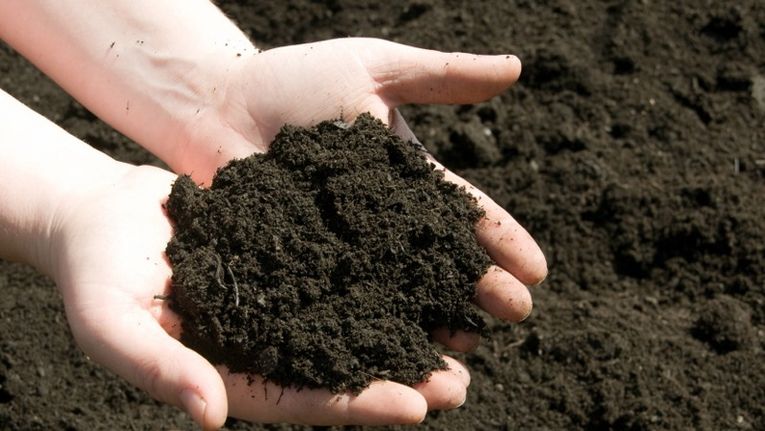
Key takeaways
- Compost is a black, crumbly, earthy-scented material made from the natural decomposition of leaves, grass clippings, and a variety of other organic materials.
- As bacteria and soil animals are on the work 24 hours a day, digesting plant and animal remains, the composting process “happens” without human intervention.
- Composting helps you speed up the natural process of producing compost (also known as “black gold”) for your landscaping.
- The compost that has been finished has all of the major and minor nutrients required for plant growth and improving soil structure.
Benefits of compost
- It is entirely free. You can reuse kitchen waste, grass clippings, leaves, and other vegetation you would otherwise discard. In fact, you may be able to avoid paying disposal costs.
- Whether you’re growing veggies, herbs, or organic roses, compost-rich potting mixes and soils yield robust plants.
- Compost improves the structure, texture, and aeration of garden soil.
- It boosts soil fertility and encourages plants to develop strong roots. Compost’s organic content offers microorganisms food, which helps maintain the soil healthy and balanced.
- Compost loosens clay soils and aids water retention in sandy soils.
- There’s no need to add fertilizer; simply incorporate compost into the soil. It includes nutrients such as nitrogen, phosphate, and potassium that trees require for optimal growth. It’s also an ideal source of micronutrients like boron, cobalt, copper, iodine, iron, manganese, molybdenum, and zinc, which are needed in modest amounts.
- What else can you transform garbage into gold? Scraps are also kept out of landfills, minimizing your carbon footprint. It is a good practice, isn’t it?
Why should you compost?

- It is well-known to cut down on the quantity of waste that ends up in landfills.
- Compost is a cost-effective and free soil addition that saves gardeners money on alternatives like peat moss, fertilizer, and vermiculite. It improves soil condition by reducing compaction, increasing root growth and water penetration, increasing water-holding capacity, and containing a variety of plant nutrients. You need to add compost to most soils on a regular basis.
- Some soil-borne illnesses are suppressed by compost. Some compost microbe populations may out-compete pathogens for food and habitat, while others attack or repel diseases.
- It’s excellent for the environment, entertaining, educational, and a project that the whole family can participate in.
How is compost made?
- Composting is dominated by bacteria, fungus, and other microorganisms. Organic matter is “fed” to these organisms, which utilize the carbon and nitrogen it contains to grow and reproduce.
- Microbial activity is responsible for the heat created by your compost pile. Around temperatures slightly above freezing, microbes are active in tiny numbers, and at 130–140 F, they are most numerous.
- Many larger animals that feed on plant and animal matter in the soil, such as earthworms, slugs, snails, millipedes, sowbugs, ants, and other insect larvae, assist them. They are breaking down coarse materials by biting, chewing, and reducing the size of the materials, increasing the surface area available for the microbes to act on.
- Carbon is used for energy, and nitrogen is used for growth by composting bacteria (protein synthesis). It’s critical to have a good carbon-to-nitrogen balance when mixing various types of organic material in your compost bin (C: N ratio).
- The ratio can vary; the microorganisms will thrive in C: N ratios ranging from 25:1 to 40:1. A material composition containing 30 parts carbon to 1 part nitrogen is regarded as optimal.
- Because most organic compounds do not perfectly suit the 30:1 ratio, they are blended. Microbes and other digesters will immediately work making compost for you if you use the right mix. The C/N ratio of finished compost is 20 to 25:1.
Types of Compost
Composting is a diverse procedure that can be done in a variety of ways, depending on the demands of the individual and the resources available. You can do composting in many ways, including:
1) Cold Composting
The cold composting method requires the least amount of upkeep. Anything organic eventually decomposes, and cold composting requires minimal effort on your part. You don’t need to worry about the compost ingredient ratios, aerate on a regular basis, or keep track of moisture levels.
It is the ideal option if you only have a little amount of organic waste to compost and don’t have a lot of time to devote to the process. Depending on the type of cold treatment you can employ, it can take anywhere from one to two years to generate useful compost. Also, a cold composting process will not achieve a high enough temperature to destroy germs during decomposition.
The finished result may contain hazardous pathogenic bacteria, fungi, protozoa, worms, and other sorts of parasites, as well as weed seeds, depending on what you put in the pile. Cold piles can be smellier or wetter than hot piles and take longer to decompose.
You must build a pile of organic materials such as shredded papers, straw, fallen leaves, and grass clippings into a pile to compost using the cold composting method. This method takes longer to perform because the process is open. You do not need to impose additional measures to complete the procedure.

2) Vermicomposting
Worms are used in this procedure. Red worms, to be precise, which you insert into the composting pit. They consume garbage and accelerate the degradation process. Furthermore, their excrement is extremely nutritious for the soil, resulting in healthier fertilizer for your plants.
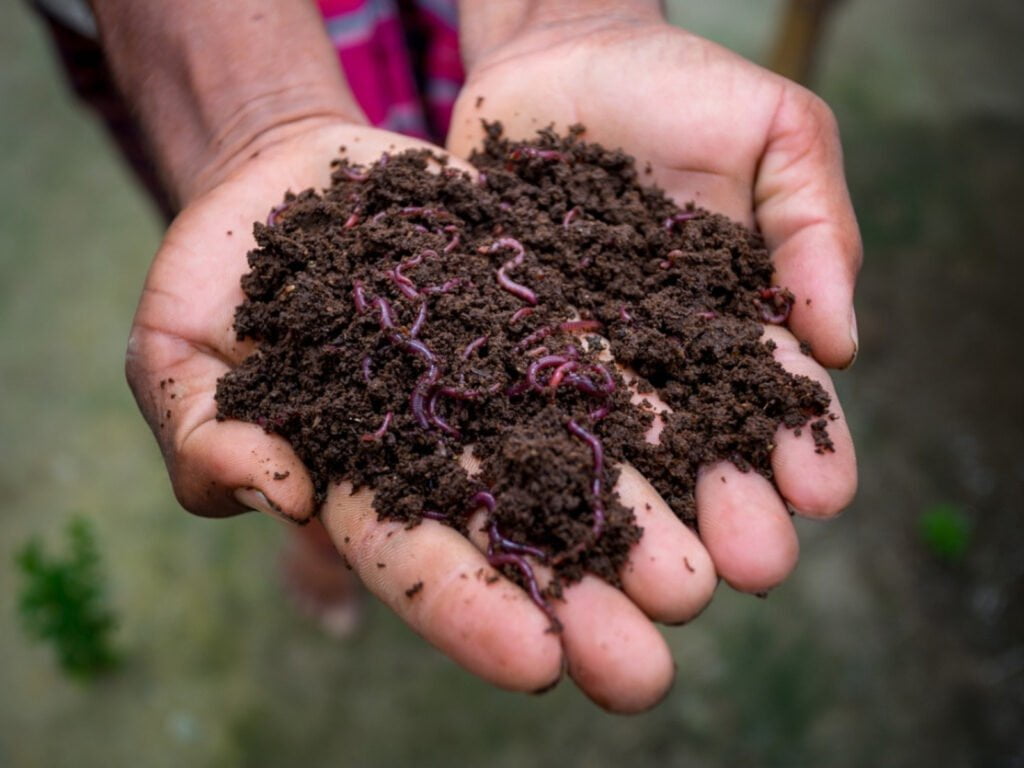
3) Hot composting
This type of composting demands a greater level of involvement on your part, but the payoff is a faster process. You can get compost in one to three months during hot temperatures. The elements needed for fast cooking are Nitrogen, carbon, air, and water. These things, when combined, feed microbes, hastening the degradation process.

4) Enclosed Bins
This procedure entails placing the waste in an enclosed ready-made container in an orderly manner. There are open-top bins, closed-top bins, and compost tumblers to choose from. An open-top bin is nothing more than a box constructed of wood, plastic, or wire mesh that holds waste while it decomposes.
It’s possible that you may have to turn the heap every now and then. Fully closed bins or compost digesters come in a variety of shapes and sizes, including cone-shaped and multi-chambered designs. They have a lid for dumping waste in and a bottom outlet for removing finished compost.
The pile does not need to be turned. However, you may need to add water on a regular basis to keep it moist. Compost tumblers are made of plastic or metal and are installed on a setup that allows them to revolve in order to turn over the waste freely. These tumblers keep unwelcome animals and rain out while decomposing garbage at a reasonable rate.
What to compost?

Composting is an ideal method to repurpose items in your refrigerator that have beyond their sell-by date and reduce food waste. Certain types of yard trash can also be composted instead of being ditched. If you are questioning how to make compost from kitchen waste, here are some of the things you can add.
- Scraps of fruit
- bits of vegetables
- grinds of coffee
- Shells of eggs (though they can take a while to break down)
- Clippings of grass and plants
- Dried Leaves
- Wood and bark chips, finely chopped
- Straw made from shredded newspaper
- Wood sawdust
How to make compost at home India?
Step 1: Make a composting area.
If you’re going to utilize a compost bin, make sure it’s easy to get to and has enough room to open the lid. For both indoor and outdoor compost storage, any sealable container would suffice. For interior compost, containers with twist-close lids have worked well in my experience. They’re simple to open and close while also containing the aroma.
If you wish to build a compost pile, find a large open area (at least 3 square feet) and add some twigs or straw for aeration and drainage.
Step 2: Materials “green” and “brown” should be balanced.
Whether you use a bin or a pile, a two-thirds “brown matter” (sticks, dry leaves, or dirt) to one-third “green matter” ratio is a good starting point for compost composition (food scraps or fresh plant waste). Because “brown” elements are high in carbon, they feed the organisms that break down the wastes, and “green” materials are high in nitrogen, they are essential for developing the cell structure of your new soil.
Add enough brown matter to completely cover the food scraps as a general rule of thumb. Mix the components together with a shovel, cutting down any larger food bits like melon peels. Apply a thin coating of brown matter on top after mixing.
Step 3: Take care of the moisture.
If it doesn’t get wet enough, you’ll need to add water to your pile using a watering can or hose. When moisture is required, you might also add wet scraps. You’re trying for a moist look rather than a soaking one.
If you live in a rainy location, keep the pile covered (a simple tarp would suffice) to prevent decomposition and the destruction of beneficial bacteria.
Step 4: Compost should be turned.
Your compost requires oxygen. Because your pile will rot and stink if it isn’t rotated and stirred, it needs to be rotated and stirred. Your compost should smell earthy dirt. You should turn the scraps every two to four weeks.
If you’re using a bin, a tumbler, which spins to mix the compost, is an option. Some have an inside rail that helps aerate the compost by breaking it up. The majority of experts recommend spinning your bin every two to three days.
Check for heat when rotating the compost. The middle of your pile or bin should be warm; the internal temperature should be between 130 and 150 degrees Fahrenheit. When the compost is finished, it will no longer generate heat and appear homogenous and crumbly, similar to soil.
Common problems with compost
- A compost pile might get infested with pests at any time. You can effectively address this problem with an enclosed bin with a cover.
- A pile can begin to stink at any time. Take care with what you put in the compost. Food scraps should be buried deep. Any bones or meat should be avoided. It probably has too much green material if the pile smells like ammonia. Add more brown items such as dried leaves to counteract the foul odor. If the pile smells like rotten eggs, it’s likely because there’s a lot of moisture in it and not enough air. Giving the contents a turn may assist in resolving the issue.
- If you accidentally put something unpleasant in the compost, such as fish or dairy, try to remove it. If you can’t get rid of it, cover it with some brown substance to help it degrade.
- Wet stuff, such as leaves, can stick together and form a carpet, preventing the pile from decomposing evenly. Add such ingredients in small batches and split them up with a pitchfork to avoid this problem.
- The compost pile might become wet during the winter, resulting in a soggy mess. Keep the pile sufficiently covered in wet weather to avoid this. If it does get wet, you can fix it by adding a lot of brown material that decomposes quickly.
- If you notice that the decaying process is taking too long and there isn’t much useable compost forming, the pile may be too tiny or too dry. You can add more layers of water. Keep it well insulated, especially throughout the winter. A shortage of nitrogen can slow decomposition. Adding some green material to the mix might help.
Frequently Asked Questions
Ques1: How long does it take for compost to decompose and return to the soil?
It might take anywhere from two weeks to two years. If the color of the compost has changed to a rich brown, it is ready to use.
Ques2: What is the best way to compost?
Vermicomposting is a great solution for the busy gardener with limited space. It is the most hands-off compost approach available because it relies on worms to do most of the work.
Ques3: How long does it take to compost?
This procedure can take anywhere from 3 months to 2 years, depending on the size of your compost pile. It is easier to add air to the pile with a Compost Aerator.
Ques4: When it comes to compost, how can you tell when it’s ready?
The finished compost will have a black appearance and a pleasant odor. Remove all fully decomposed compost from the compost bin, while those organic elements that are still decaying must be allowed to finish decomposing.
Ques5: What is the ideal compost-to-soil ratio for plant growth?
It’s ideal for mixing equal parts compost and soil or one part compost to two parts soil in a ratio of roughly 1:1 or 1:2.
Ques6: Why are there so many flies in my compost?
Because compost piles are full of natural food, pests, including houseflies, will develop. If they aren’t on top of the soil, the houseflies can’t get to the manure and rotting vegetables.
Ques7: What will happen if you leave the compost for too long?
If compost is left for an extended period of time, you can use it to grow plants. However, if it is frequently exposed to the weather, it may lose part of its efficacy.
Ques8: What not to add to the compost?
While dairy and animal products (including animal bones) are biodegradable, they will begin to smell and attract pests, so dump them in your old-fashioned rubbish bin. Fats, oils, and pet waste are all in the same category. Also, don’t put a diseased or insect-infested plant in the compost pile because it could contaminate the compost and render it useless.
- Meat or animal bones
- Dairy
- Egg whites or yolks
- Diseased leaves or plants
- Coal ash
- Grease
- Chemicals
- Pet waste
- Produce stickers
- Plastic
- Fats and oils
Conclusion
Compost is an essential tool for any gardener. Adding compost to any plant nearly always makes it healthier and stronger – and it’s so simple to prepare that it amazes us that some people would really buy compost.
Compost is literally rotting old stuff that you’ve thrown out, yet what you consider trash is actually food for your plants. Using your trash to feed your plants is not only less expensive than buying plant food, but it also helps to a more environmentally friendly way of life, eating, and gardening.
If you have any questions on how to make compost step by step, comment down, and we will answer your queries.
Related Articles
- 9 Herbs To Grow Indoors All Year Round
- Needles Drying Out On Juniper Bonsai- Causes, Signs, and Treatment.
- How To Grow And Care For Dogwood Bonsai
- All About Grow Light- Best Grow Lights For Your Bonsai In 2024
- White spots on the leaves?- Powdery mildew on bonsai (identification and solution).
- Innovative Bonsai Photography and Online Sharing

